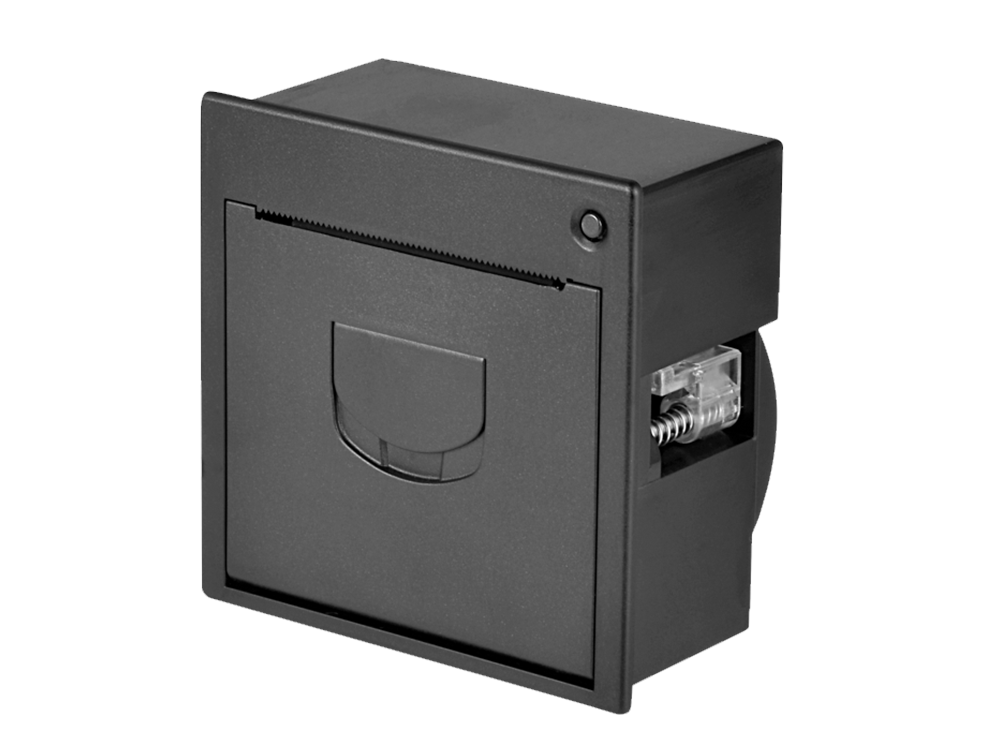Time:2025.04.22Browse:1

Label inkjet printers have become an indispensable tool in various industries for their versatility and high - quality printing capabilities. These printers operate on the principle of inkjet technology, where tiny droplets of ink are precisely ejected onto the label material to form text, graphics, and barcodes.
One of the primary advantages of label inkjet printers is their ability to produce sharp and vivid prints. They can achieve a high resolution, often up to 1200 dpi or even higher in some advanced models. This level of resolution ensures that product labels, shipping labels, and identification labels look professional and are easy to read. Whether it's printing fine details on a small - scale product label or large - format graphics on a shipping carton label, label inkjet printers can deliver excellent results.
In terms of label material compatibility, these printers are highly adaptable. They can work with a wide range of label stocks, including paper, polyester, vinyl, and even some specialty materials. This makes them suitable for different applications. For example, in the food and beverage industry, where labels need to withstand moisture and temperature changes, inkjet printers can print on waterproof and heat - resistant label materials. In the pharmaceutical industry, where regulatory compliance requires clear and durable labeling, label inkjet printers can meet the strict standards.
Label inkjet printers also offer flexibility in terms of printing customization. Users can easily design and print labels with variable data, such as serial numbers, expiration dates, and batch numbers. This is crucial for industries that need to track and manage their products efficiently. With the help of compatible software, creating and editing label designs is a straightforward process. Additionally, many label inkjet printers are equipped with user - friendly interfaces, making them accessible to operators with varying levels of technical expertise.
Read recommendations: